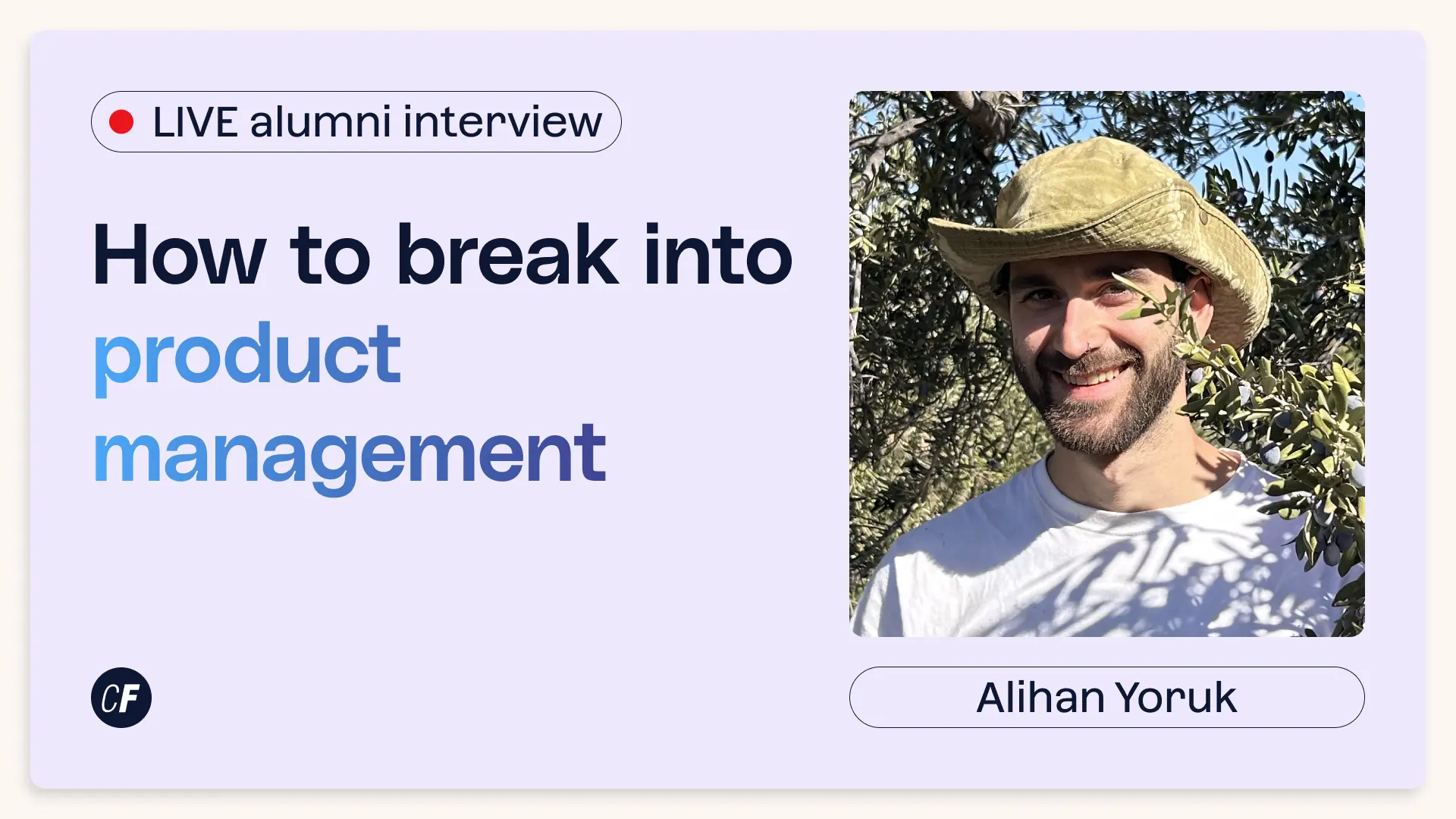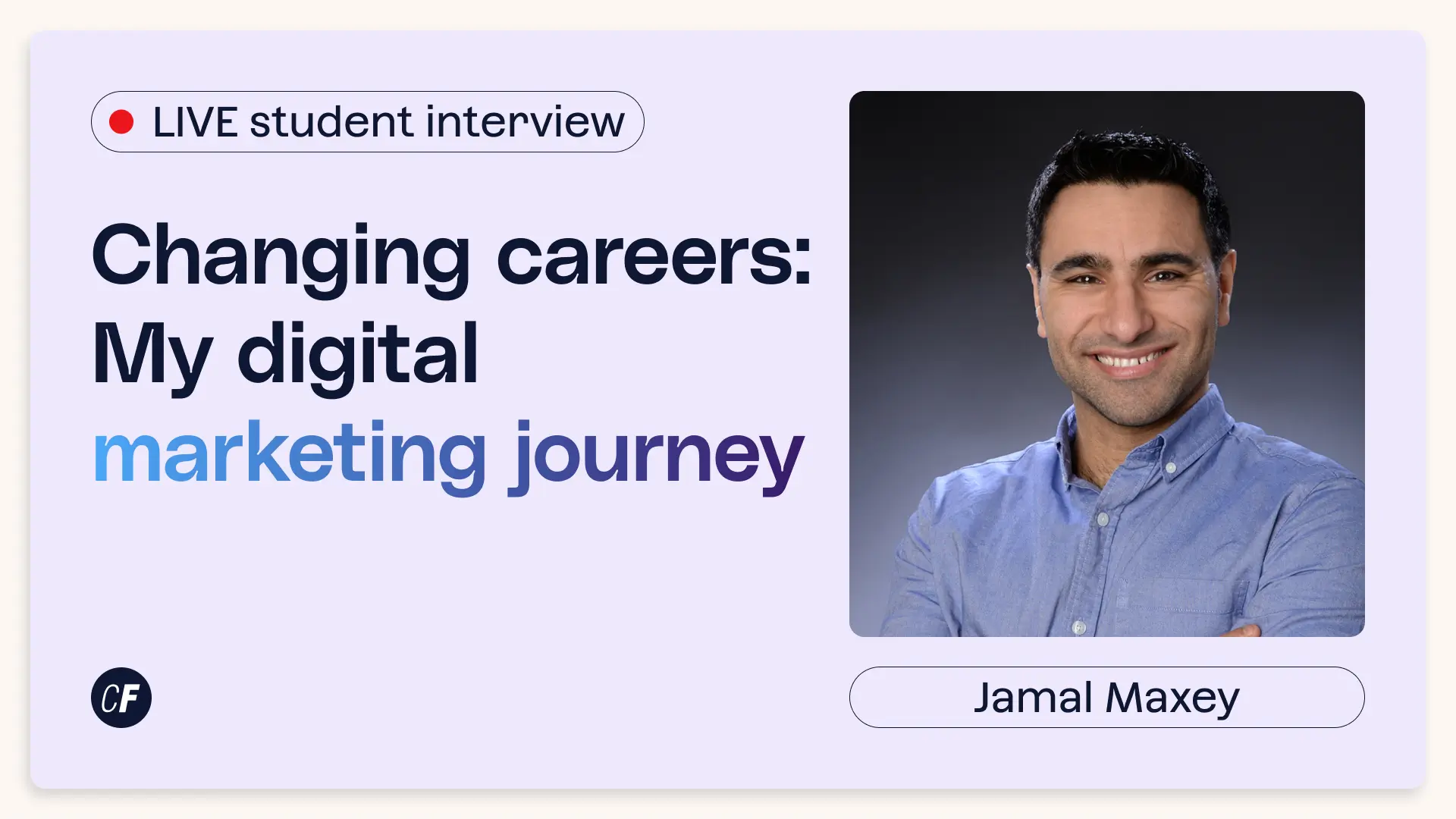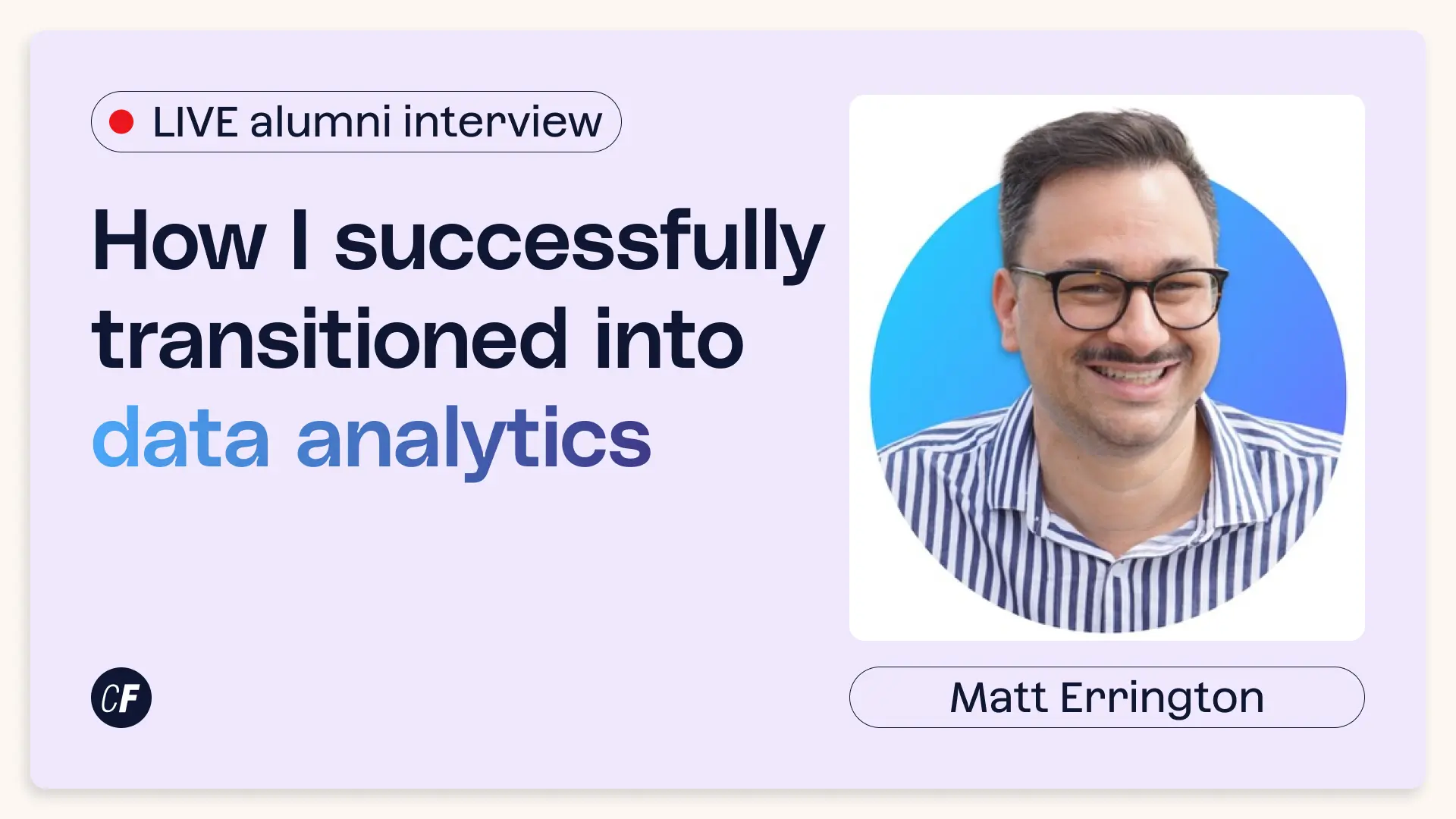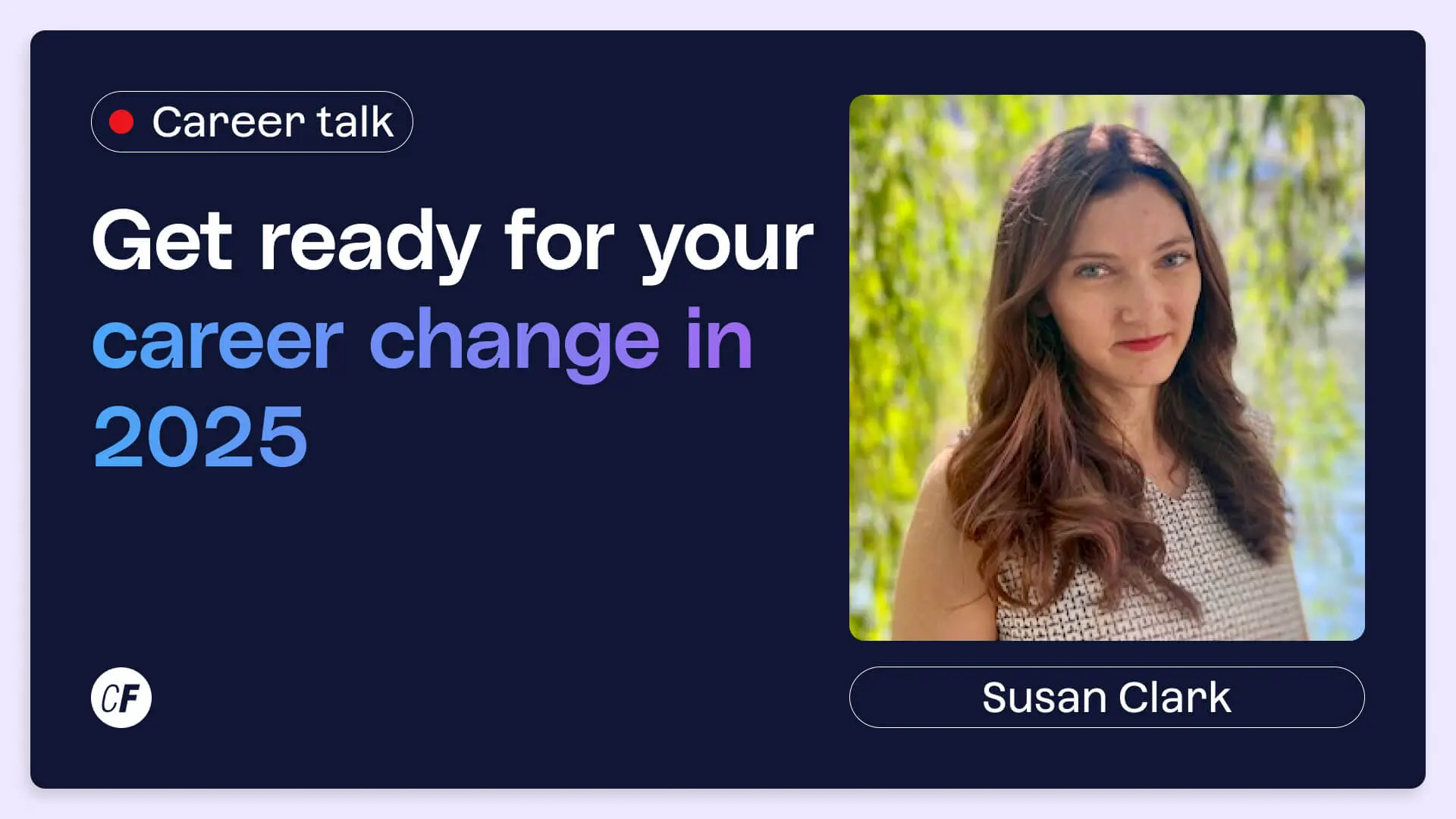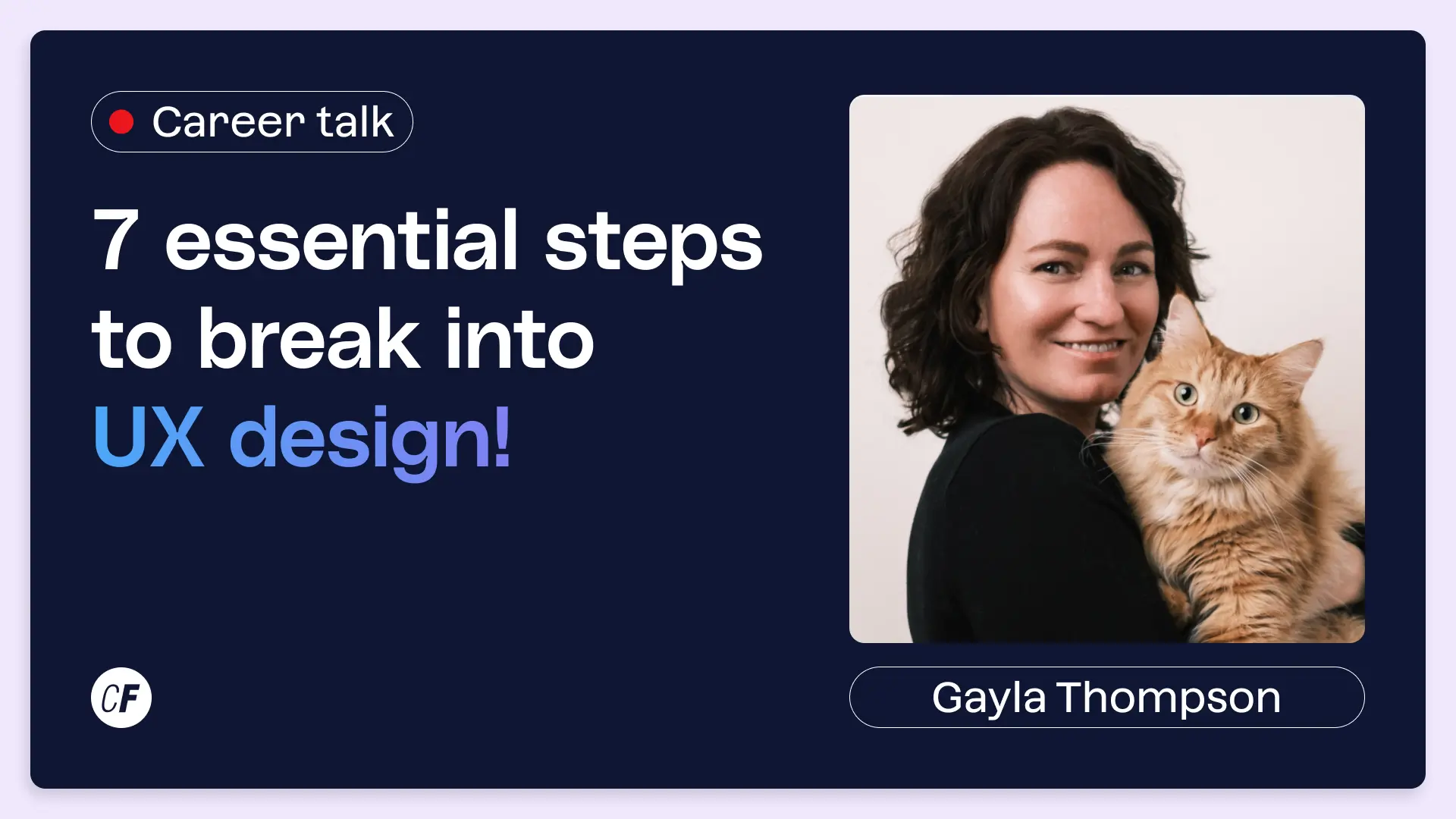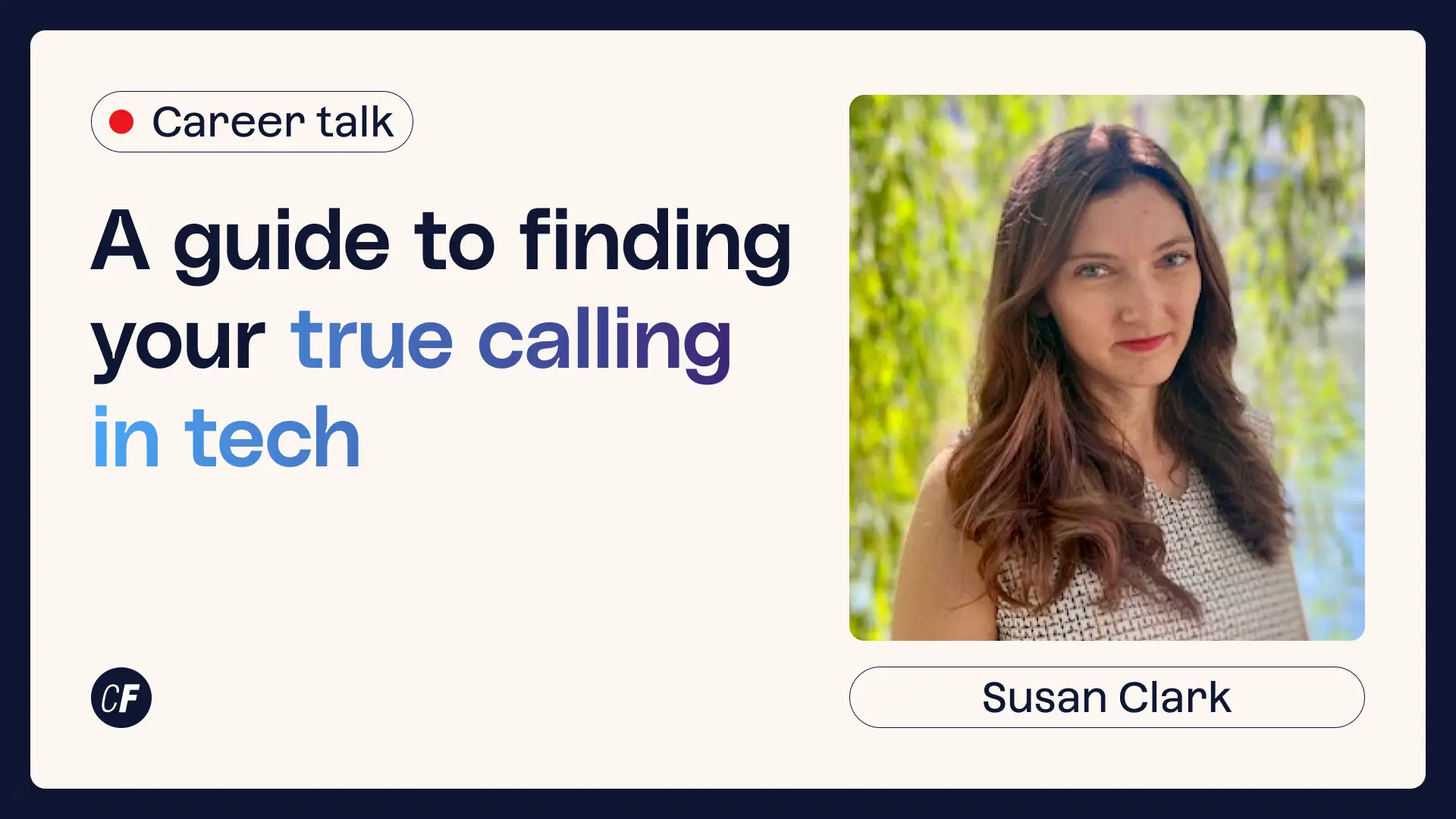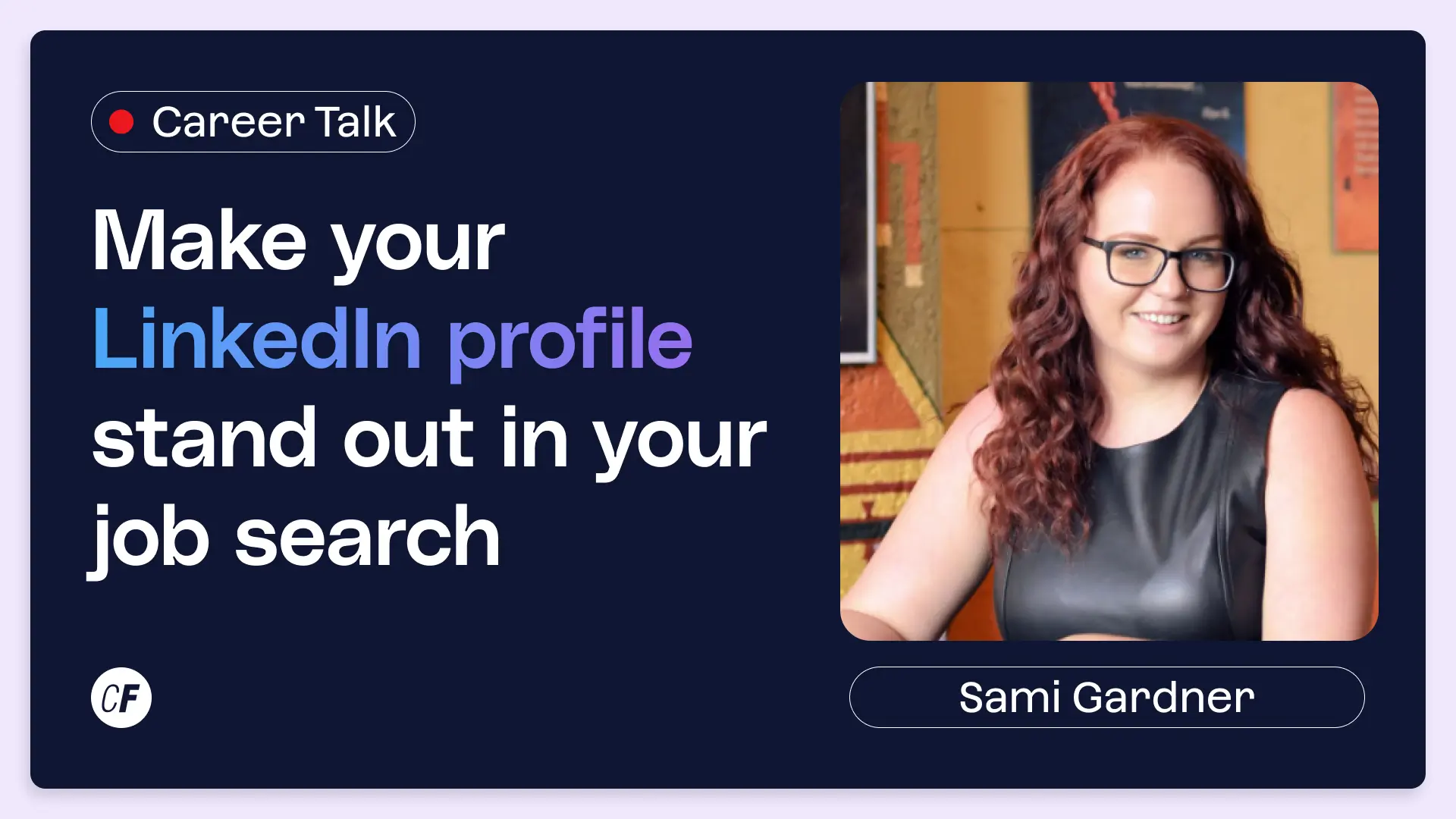How To Write Attention-Grabbing Cover Letters
How to write a cover letter
To whom it may concern,
No matter where you are in your career, it can be really useful to learn how to write a cover letter. You may think you know how to do it, but is it getting the results? A good cover letter is not simply a distillation of your resumé—it’s your own personal cheerleader, in paper form. It’s the perfect bridge where your skills, abilities, and experience meet the role that you’re applying for. The hiring manager will see why you are ideal for the job.
As a career-changer, the importance of writing a top application letter is even greater. Instead of spending the page space talking about your professional experience in the field, you’ll have to use that prime real estate to contextualize your past.
Think of it like your cheerleader is replaced by a medieval bard who paints a picture of your professional journey, taking the recruiter along with them.
Worrying about how your switch of professions can be perceived when on the job search is a common career-change fear. But it really doesn’t have to be—your cover letter is an ideal platform for underlining the personal brand you’ve created.
The secret of how to write a cover letter as a career-changer is storytelling. This key element allows you to show off the narrative of your professional development so far, and to show the hiring manager that this job is the next logical step on that journey.
This doesn’t mean peppering your applications with neat anecdotes. Storytelling is ensuring that multiple details and microstories placed at strategic points throughout your cover letter combine to make the reader view your professional history as a coordinated whole.
The benefits don’t end there—explaining your backstory in this way makes it both attention-grabbing and memorable, helping your application stand out from the crowd. For tech roles such as a UX or UI designer, data analyst, or web developer, this could be crucial.
Knowing how to write a cover letter that reflects your career change and where the potential employer fits into that makes future job applications a cinch. Now that you’ve got that section of the application sorted, you can concentrate on the rest, whether that’s strategizing for the phone screen, preparing for coding challenges, or putting the final touches to your UX design or data analytics portfolio.
You’ll find more advice to help you in your job search in these guides:
Featured presenters
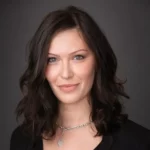
Hendrikje Wagner
Career Specialist at CareerFoundry
Before becoming a CareerFoundry mentor, Hendrikje worked in sales for fifteen years and put all kinds of presentation, storytelling, and sales techniques into practice. In addition to working with students, Hendrikje is currently building a startup as a co-founder, and consults about business storytelling. As a passionate storyteller, Hendrikje wants to help her students define their stories and be confident about their career change.
